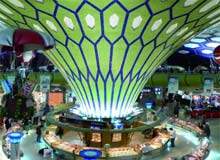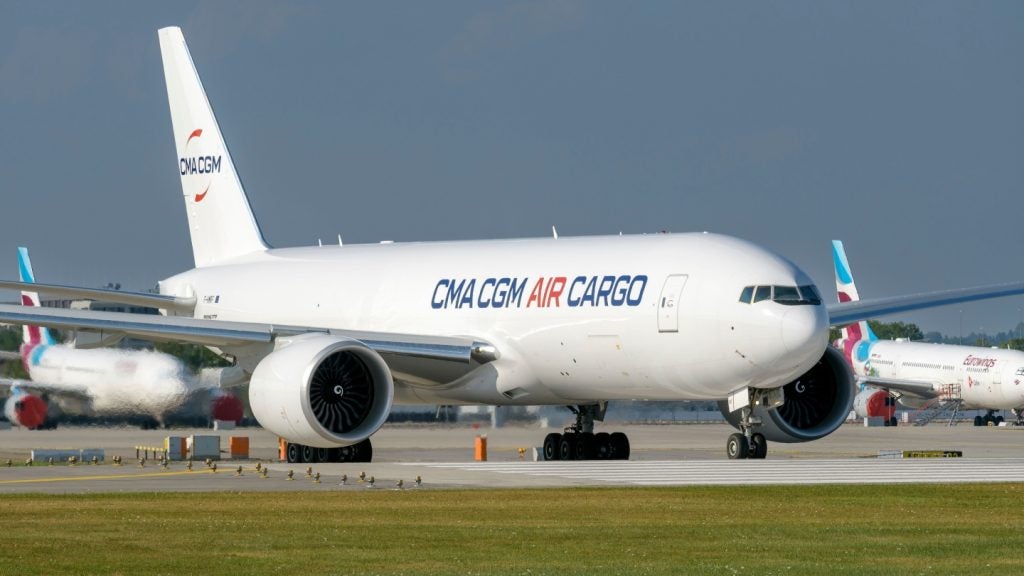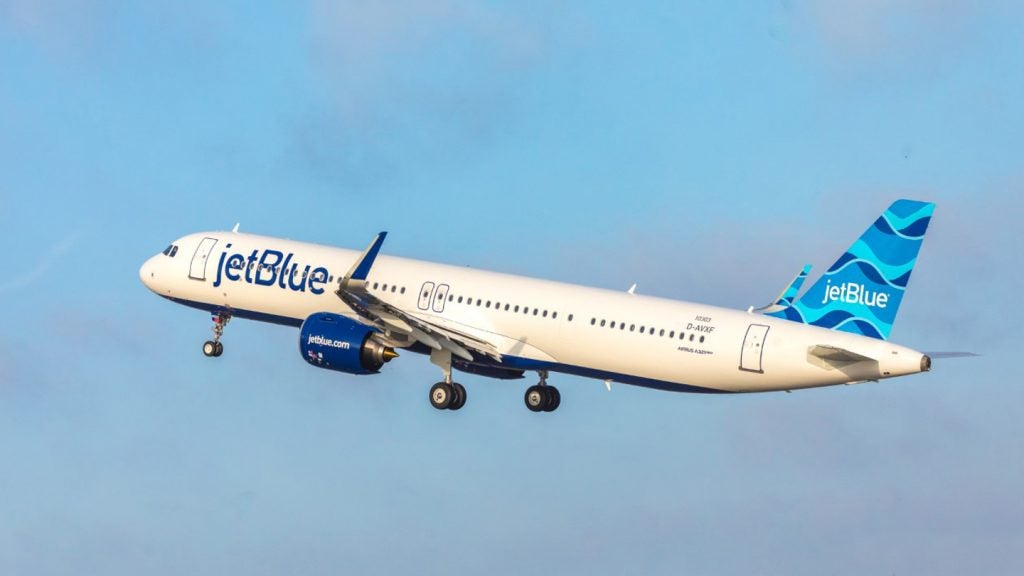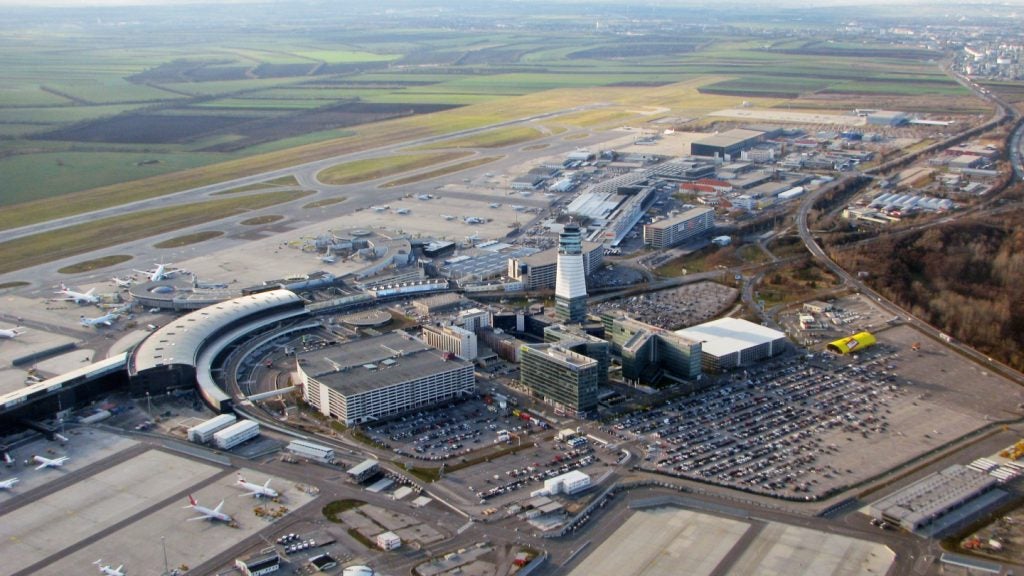
Abu Dhabi International opened its terminal 2 in August 2005 as a response to air traffic volumes, which had outgrown the existing terminal. The airport had recorded a 20% year-on-year growth in passenger traffic for the previous four years.
The new terminal has a baggage handling system with online security screening, a flight information display system, security surveillance and access control, 1,000m² of duty free shopping and cafes, a business class lounge, an e-gate and advanced iris-scanning technology. It cost Dh21bn ($6.8bn) and is capable of handling up to two million passengers a year.
A major user will be Etihad Airways, which has identified air freight, in particular transit cargo, as one of its key growth areas. But the plan also sets aside land for the growth of other operators, including Royal Jet and Abu Dhabi Aviation. The current multi-billion dollar roadmap aspires to raise the airport’s capacity to 20 million passengers by 2010, when the new midfield terminal complex is completed.
Abu Dhabi International was designed to handle 3.5 million passengers but by 2005 demand was standing at around 5.2 million. With completion of the airport expansion five years away, the supervision committee for the expansion of Abu Dhabi International Airport (SCADIA) have begun implementing a number of interim projects to cope with capacity constraints in the existing facilities and continued passenger growth.
A Dh100m contract was awarded for the construction of nine new code E/F aircraft stands and another contract worth Dh110m was assigned for the construction of the new terminal 2 and the refurbishment of gate 3 in the existing terminal.
See Also:
The later components of Abu Dhabi’s master plan include a second runway 2,000m from the existing runway, cargo and maintenance facilities and other commercial developments on land immediately adjacent to and north of the existing airport, a new air traffic control tower, a new cargo complex and a duty free zone.
How well do you really know your competitors?
Access the most comprehensive Company Profiles on the market, powered by GlobalData. Save hours of research. Gain competitive edge.

Thank you!
Your download email will arrive shortly
Not ready to buy yet? Download a free sample
We are confident about the unique quality of our Company Profiles. However, we want you to make the most beneficial decision for your business, so we offer a free sample that you can download by submitting the below form
By GlobalDataIn July 2006, a contract was signed for the design of the new air traffic control tower, to be completed by April 2008. By August 2006 the London-based KPF had been confirmed as the main architect of the new Midfield Terminal.
With a proposed length of 4,100m, the second runway is widely spaced and is designed to cater to the latest generation of aircraft, including the new double-decker Airbus 380. Although its six-plane order has been delayed for three years, Etihad Airways has been running test flights of the A380 since 2005.
A RICH HISTORY
Abu Dhabi’s tradition as an aviation hub stretches back to 1929, when Britain’s Royal Air Force decided that its calm coastal waters would be an ideal base for its ‘flying boats’. In the 1960s the Emirate’s first airport was inaugurated in the Al Bateen district and in 1982 the existing airport was established approximately 30km east of Abu Dhabi City, at a major national crossroads on the UAE road network.
The expanded airport will serve one of the world’s fastest growing cities. Abu Dhabi, the capital of the UAE, has rapidly grown from an obscure coastal trading community into a bustling cosmopolitan city. It is a major investment centre which had an estimated population of 1.8 million in 2006, with an expatriate population thought to form around 80%. New developments on the islands surrounding the city will increase the city’s population by up to 2.6 million residents.







